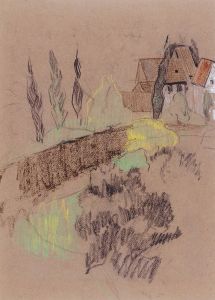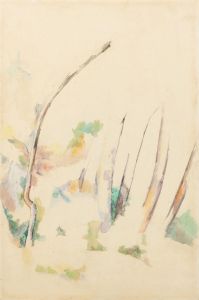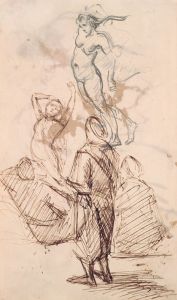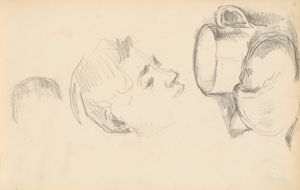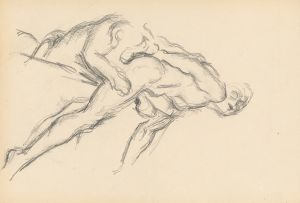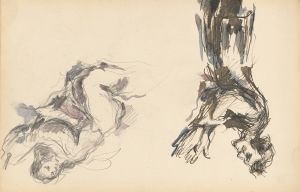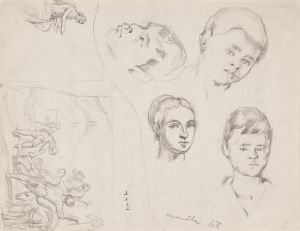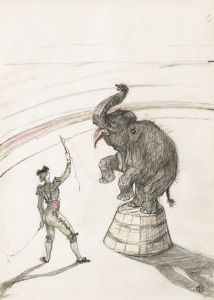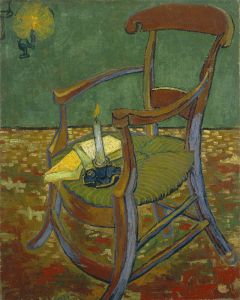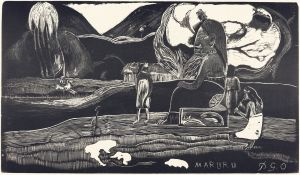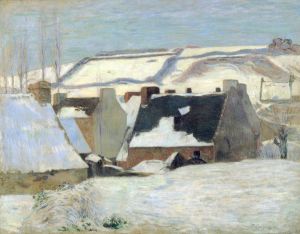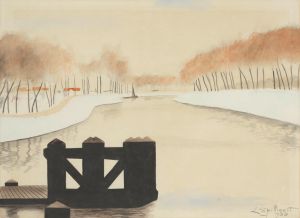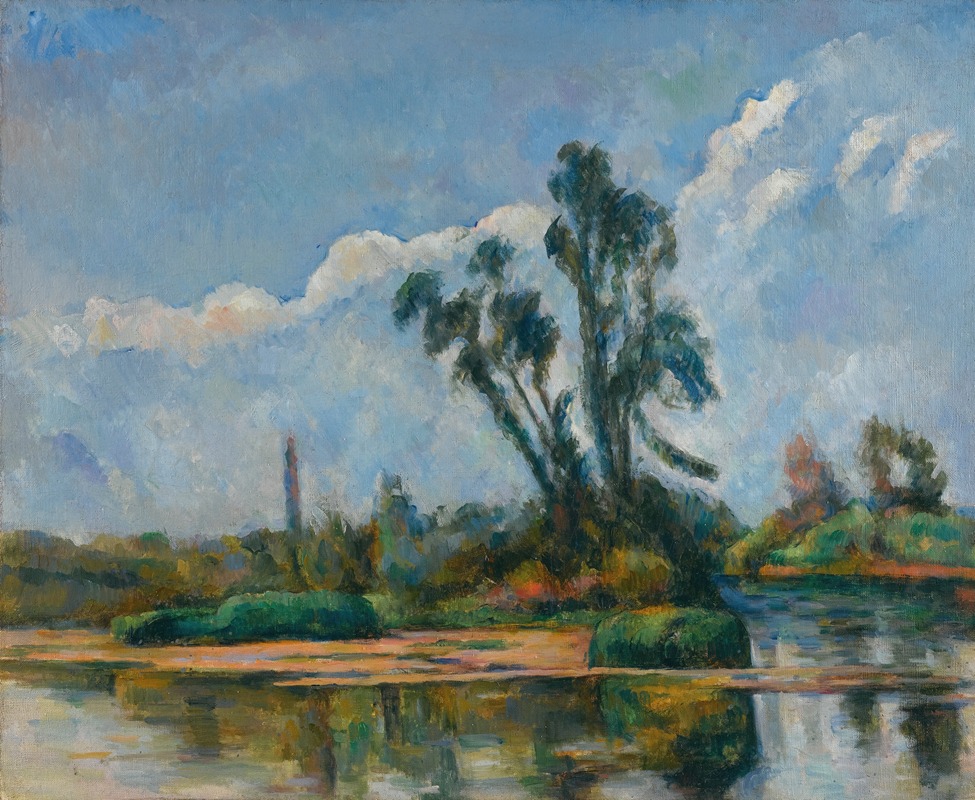
La Rivière
A hand-painted replica of Paul Cézanne’s masterpiece La Rivière, meticulously crafted by professional artists to capture the true essence of the original. Each piece is created with museum-quality canvas and rare mineral pigments, carefully painted by experienced artists with delicate brushstrokes and rich, layered colors to perfectly recreate the texture of the original artwork. Unlike machine-printed reproductions, this hand-painted version brings the painting to life, infused with the artist’s emotions and skill in every stroke. Whether for personal collection or home decoration, it instantly elevates the artistic atmosphere of any space.
Paul Cézanne's "La Rivière" is a notable work by the French Post-Impressionist painter, who is often credited with laying the foundations for the transition from 19th-century artistic concepts to a radically different world of art in the 20th century. Cézanne's work is characterized by his unique approach to form and color, which has influenced countless artists and movements, including Cubism and Fauvism.
"La Rivière," which translates to "The River," exemplifies Cézanne's exploration of natural landscapes, a subject he frequently revisited throughout his career. While specific details about the creation date and the exact location depicted in "La Rivière" are not widely documented, Cézanne's landscapes often drew inspiration from the countryside of Provence, particularly around his hometown of Aix-en-Provence. This region's distinctive light and varied topography provided Cézanne with endless inspiration and a natural laboratory for his experiments with color and form.
Cézanne's technique in "La Rivière" reflects his broader artistic philosophy. He often employed a methodical approach to painting, building up forms with small brushstrokes that create complex fields of color. This technique allowed him to convey the underlying structure of the landscape, emphasizing the geometric shapes that he perceived in nature. Cézanne's use of color was equally innovative; he often juxtaposed warm and cool tones to create depth and dimension, a departure from the more traditional use of chiaroscuro to model form.
The composition of "La Rivière" likely features the interplay of water, land, and sky, elements that Cézanne masterfully balanced to create harmonious yet dynamic scenes. His landscapes are not mere representations of nature but are instead explorations of perception and the act of seeing. Cézanne's work invites viewers to engage with the painting actively, to reconstruct the scene through the interplay of color and form.
Cézanne's influence on modern art cannot be overstated. His approach to painting challenged the conventions of his time and opened new possibilities for artistic expression. Artists such as Pablo Picasso and Henri Matisse have acknowledged Cézanne's impact on their work, often citing him as a pivotal figure in the development of modern art.
"La Rivière," like many of Cézanne's works, is housed in various private collections and museums worldwide, although specific details about its current location are not readily available. Cézanne's paintings continue to be studied and admired for their innovative approach and enduring beauty, securing his legacy as one of the most important figures in the history of art.
In summary, "La Rivière" is a testament to Paul Cézanne's groundbreaking approach to landscape painting. Through his distinctive use of color and form, Cézanne not only captured the essence of the natural world but also transformed the way we perceive and interpret art. His work remains a vital part of art history, inspiring generations of artists to explore new frontiers in visual expression.





